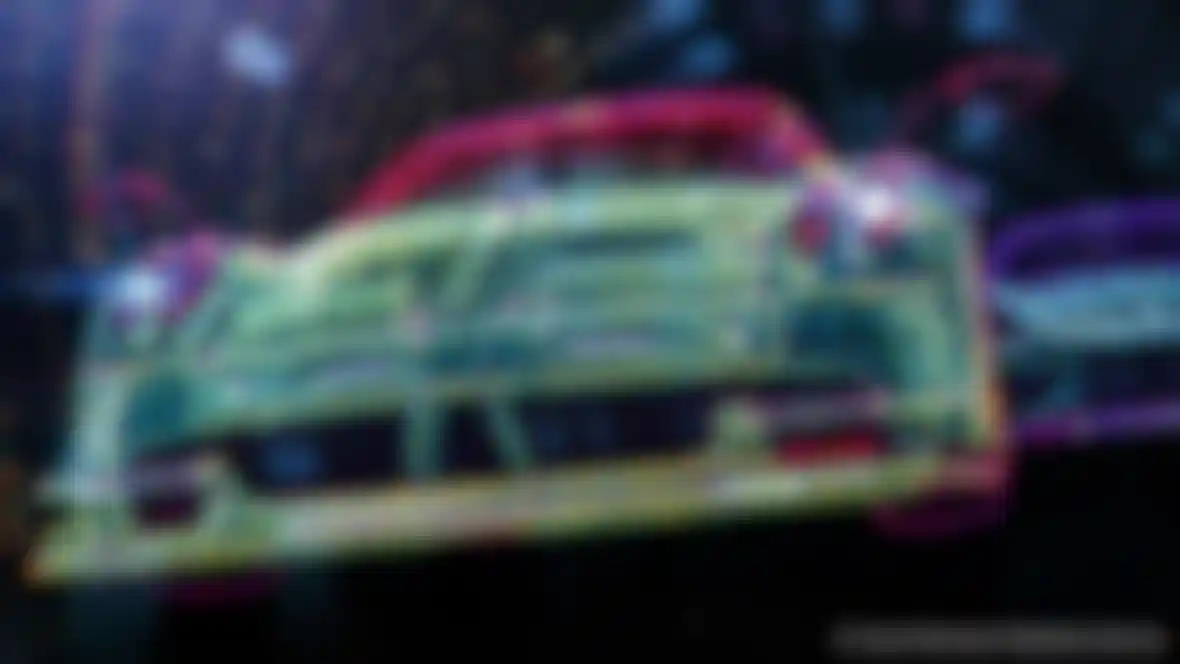
A Gaming Experience Like No Other Blind explains pixel threading and other aspects of the Xbox One X release trailer.
Santa Monica, California-based Blind has worked with the Ayzenberg Group agency on past Xbox launches and videos. But it was obvious from the start that the job of creating the release trailer for Microsoft’s new gaming console, Xbox One X, would be different. After a brainstorming meeting with Microsoft’s marketing and industrial design teams at the company’s headquarters in Redmond, Washington, Blind’s Creative Director Matthew Encina recalls heading back to California knowing that he and his team needed to not only convey that the Xbox One X was the most powerful game console out there. They also had to design something that allowed viewers to experience the feel, look and sound of a 4K gaming experience in a way that hadn’t been done before.
Using Maxon’s Cinema 4D, Maya, Houdini, X-Particles, Cycles 4D, Octane and VRay, as well as an effect they dubbed “pixel threading” - weaving digital pixels together to create high-fidelity 4K imagery – Blind created an artful trailer that captivated viewers when it was released at E3 (Electronic Entertainment Expo) in June.
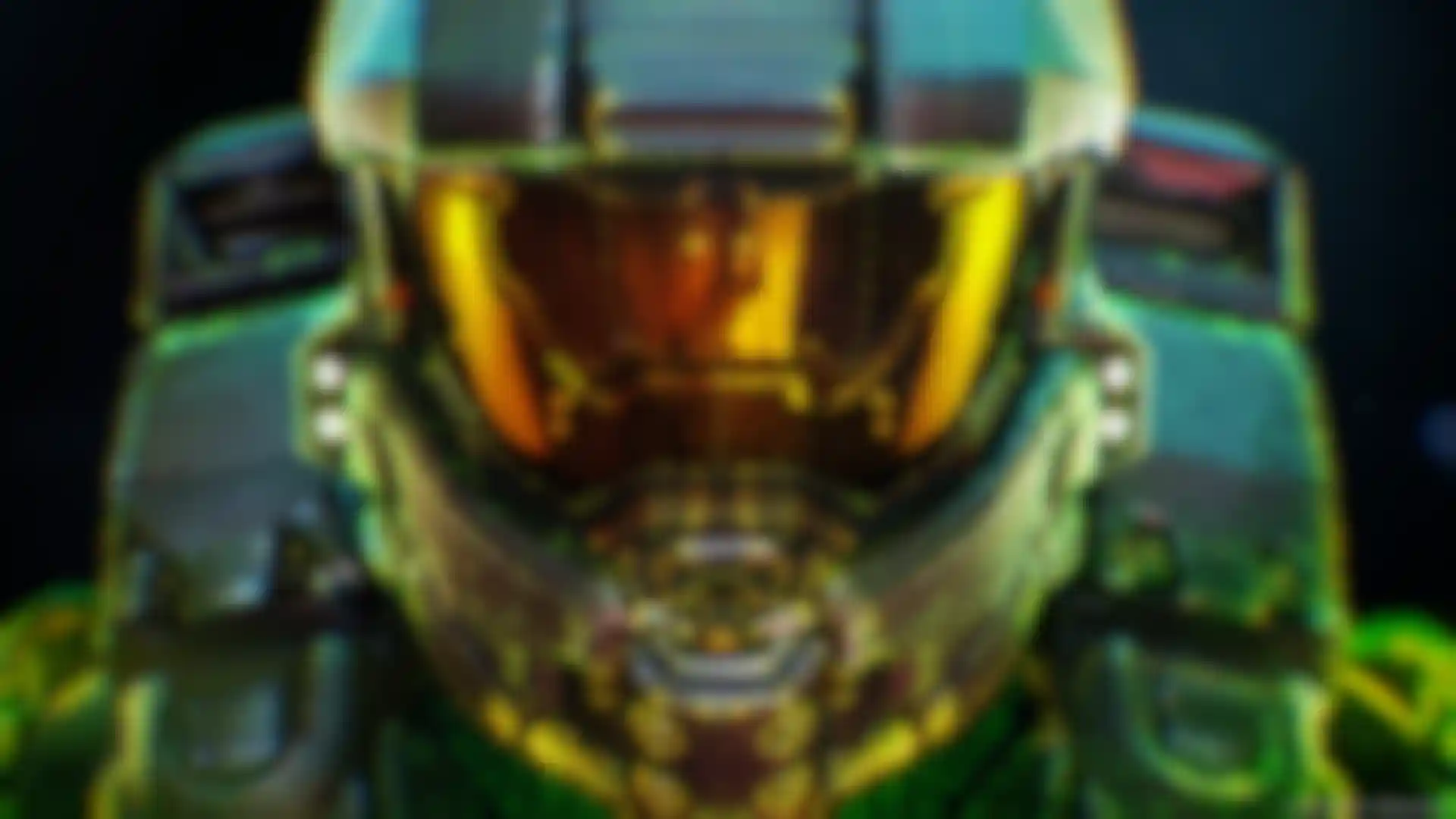
Here, Encina and John Robson, who served as associate creative director on the project, talk about Blind’s process for conceiving and creating the trailer.
How did Microsoft explain their vision for the Xbox One X trailer, and how did you boil down what came out of that first meeting to come up with concepts to show?
Encina: Craig McNary, director of global integrated marketing for Microsoft devices and studios, wanted it to be clear that they were launching something that went beyond industry standards. Focusing on specific aspects of the hardware was important, but so was capturing the emotional feeling of 4K gaming. When you think of hi-fidelity graphics, you think of lots of particles, detailed textures and high-end lighting. Trying to translate that drove a lot of the pixel threading concept we came up with.
Tell us more about pixel threading and the look you were going for.
Encina: The concept was that pixels burst out of the console’s core and weave tightly together into a rich 4K visual experience. Since a core component of the spot was featuring fine details, we started by researching a lot of ads for 4K TVs, including a Vizio spot that John Robson had previously worked on. To put a twist on that type of visual language, we also looked at unconventional references and we ended up being heavily influenced by Nike commercials where the knitted materials come together to form a shoe.
Once the agency and client saw what we were doing, they fell in love with the idea of threading digital pictures together so the next challenge was, ‘How do we animate this?’ We’d never done anything like this before, so we built a team that allowed us to test a range of techniques before we landed on something that we all loved. John thought we should use Houdini, so he brought in Yates Holley to help us define the animation technique.
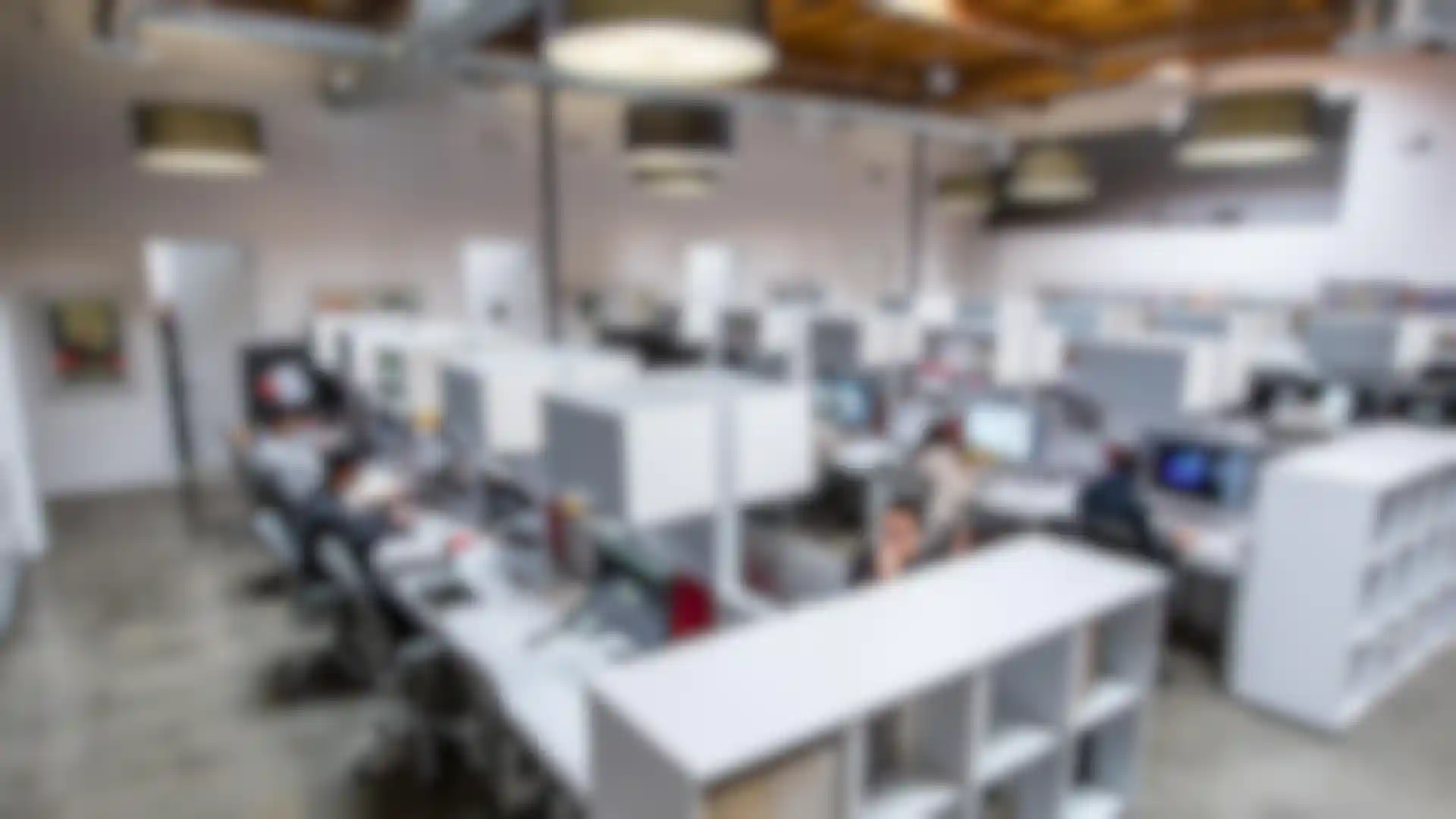
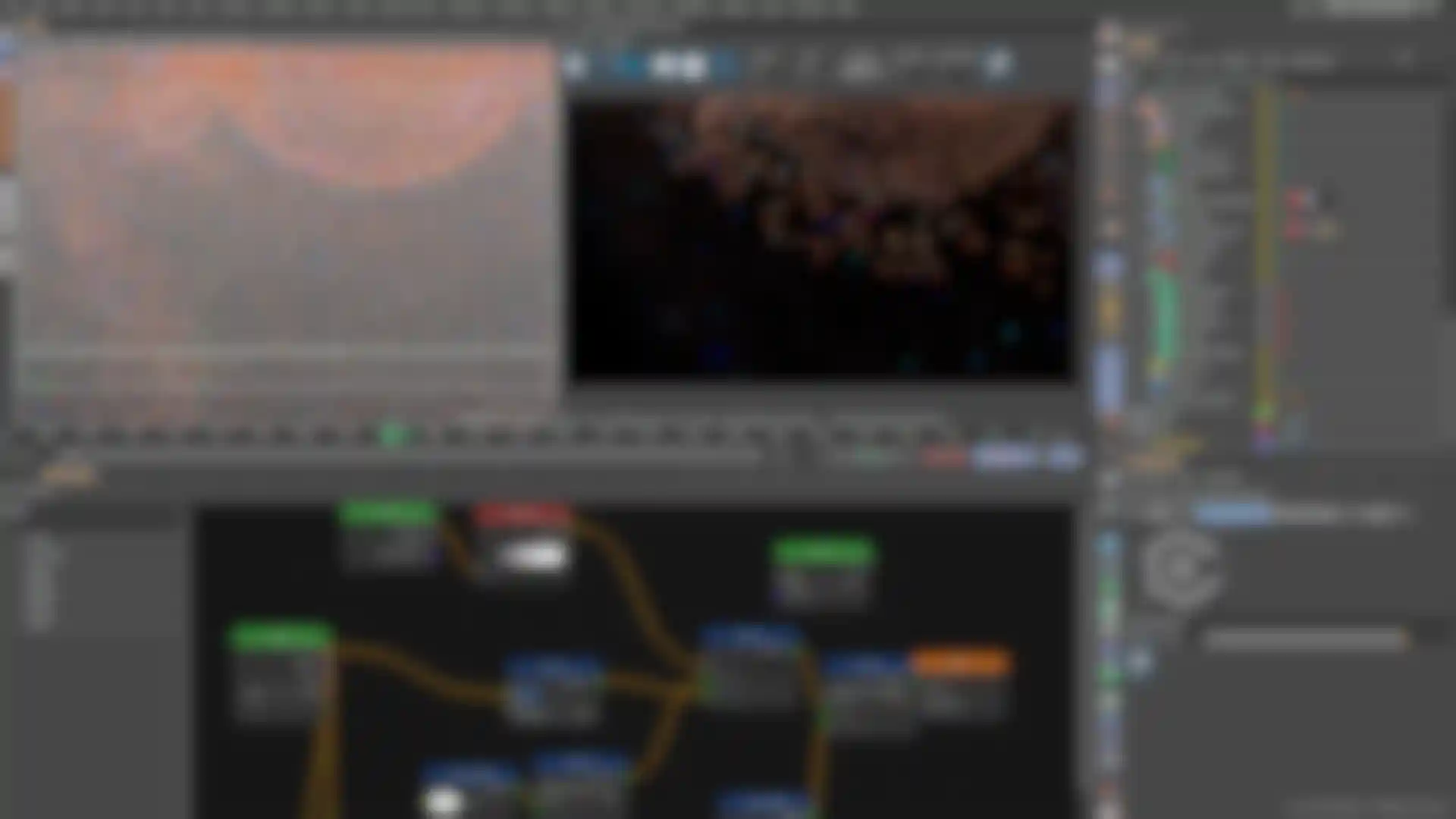
John, can you talk about how you figured out the pixel threading effect?
Robson: Part of what I really like about working with the team at Blind is that we organize and crew up for projects based on what we feel we need. We think about what artists’ strengths are and who we work well with and then we start experimenting. We had an idea of what we wanted to do for pixel threading but we wanted to invent our own language that was unique to our vision and the project. Interweaving abstract objects is cool but it’s been done so we wanted to integrate programs and combine ideas from different artists. Every artist used the software they felt most comfortable with, which is something a lot of studios won’t do because they are locked into a rigid pipeline.
We ended up using Houdini and X-Particle simulations out of Cinema 4D for the pixel threading effect. Rendering was done with Insydium’s Cycles 4D. We chose Cycles 4D because we realized that we needed a photo-real rendering solution that included depth of field and motion blur but we also needed something intelligent that could utilize particle attribute data from X-Particles to change the look of the particle over time.
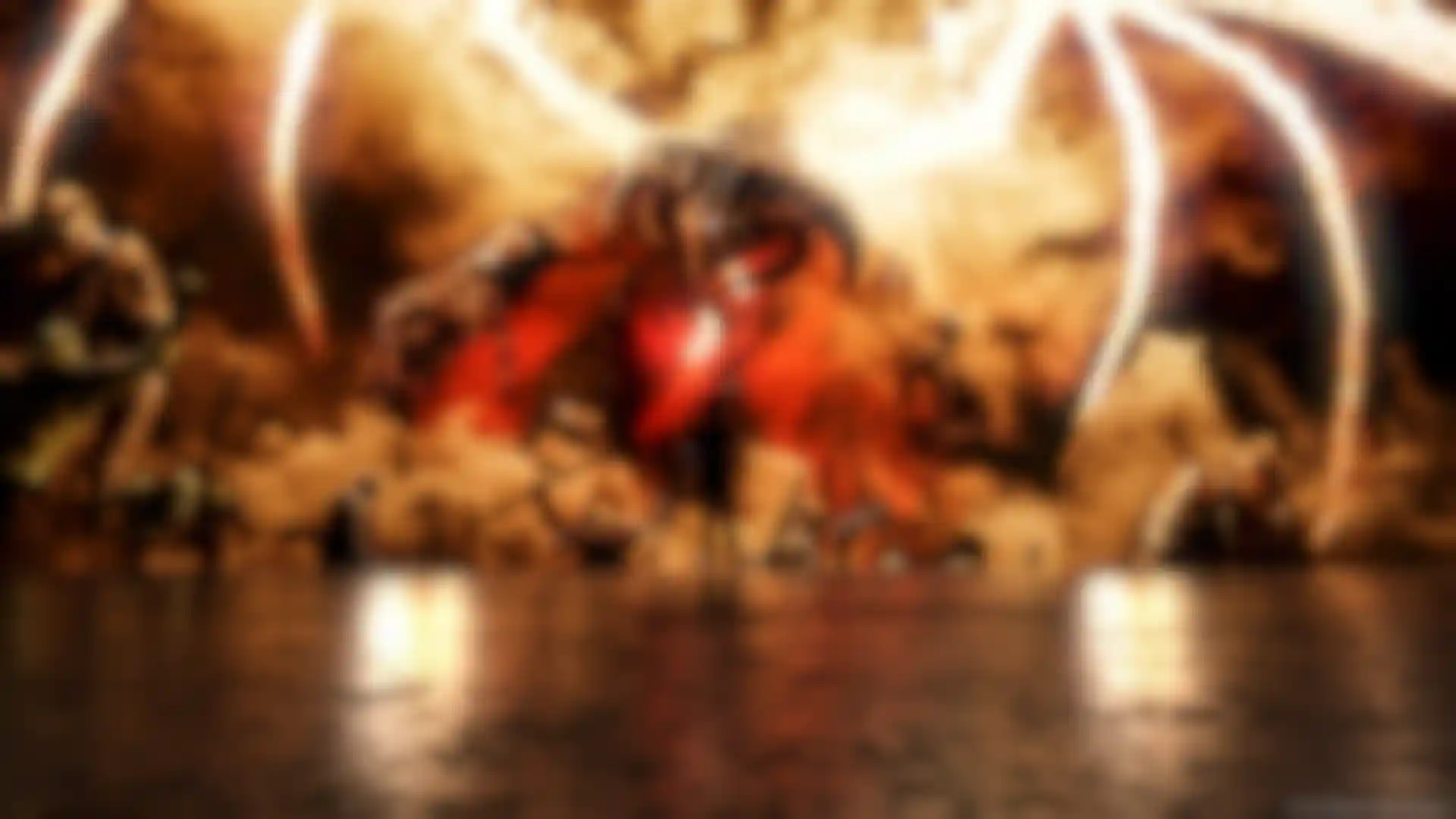
How did it go trying to combine so many different software packages?
Robson: This is a great example of what can happen if you’re able to experiment and find out what works. As we started getting more into particles, we required very complex attributes like needing particle colors to change based on age and speed. Cycles worked well for that, and we learned more about using Houdini in the process. I found I could create a wave that went across the surface of a character that created a point cloud that was a new way for particles to reveal. I also played with growth propagation so the path from each point almost looks like bacteria growing along a surface. This kind of exploration wouldn’t have been possible without the ability to combine different software packages and see what happens.
Encina: That was the beauty of working with John and rest of the team. Everyone had their own expertise and was able to look at what we wanted to accomplish and weigh in. There were suggestions all around, and this team had no ego about the software they used so all of that brain power coming together to find creative solutions was really great.



